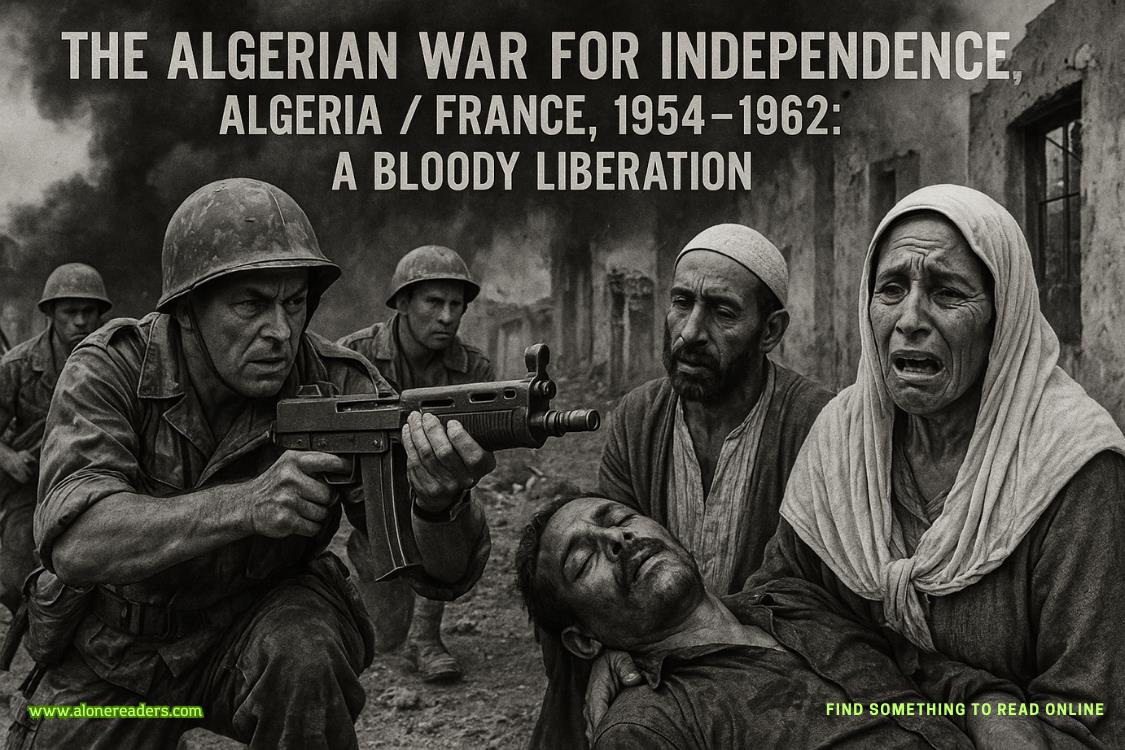Page 1 of Painted in Love
Prologue
People think the night is darkest at midnight. They’re wrong. True dark comes just before dawn, when the temperature drops and the fog rolls in. I pull my hoodie over my head to keep my ears warm. A streetlight shines through the fog, giving me just enough light to work by. This alley in San Francisco’s Mission District is perfect for my next masterpiece.
Night is when I work, with the foggy halos around the streetlights. This isn’t commissioned work, but a piece for myself. I’ve been dreaming about it for weeks now, but I’ve been too busy to get out here. My best work is always the stuff I paint just for myself. Don’t get me wrong—commissions are good, my bread and butter. I’m not ashamed of that. But this work, it’s special.
The narrow, dingy, stinky alley—I’ve painted in places far worse than this—is off the beaten track, definitely not an attraction on the street art tours. Most likely, no one will ever see what I’ve painted, let alone realize it’s my work, unless they look closely. But no one will. Because it’s street art, and the next artist will paint right over it. I don’t care. All I care about is getting the images out of my head and onto the wall. That’s how I stay sane—by painting the pictures out of my head. Until another one comes along from some deep secret place inside me.
Out here, no one tells me what to paint. No one judges it. Under the veil of night, that’s when I feel most creative.
As dawn breaks through the dark and the fog, I step away to survey what I’ve done. “Yeah,” I say aloud. “This is good.”
I’ve got to remember to get out here more often, to work in the middle of the night. Because these are my roots. This is where I came from—the dark, the cold, the loneliness of the middle of the night.
I look behind me. Yes, the street is lighter than before. The dawn is coming. I need to get away before the light hits me. I add my last flourish, then escape down the alley, leaving behind the tools of my trade. Some other street artist will need them.
By the time I make it back to the place where I sleep, the sky is lightening. Fog still shrouds the city by the bay, but in a little while, it’ll be gone, just as I’ll be gone.
Like a vampire, I climb into my bed as the sun spills its rays over the city.
Chapter One
Clay Harrington looked at the kid beside him. Pretty soon, Dylan might be taller than him, though Clay was well over six feet. “If you want to do more street art,” he said, “this is a great place for it.”
They’d come out early on a Wednesday morning, before Dylan had to get to school, to San Francisco’s Mission District, famous for its street art. Early April could be cool in the Bay Area, but neither of them minded.
A lanky kid three months shy of his eighteenth birthday, Dylan Beck pushed his longish hair back from his face. Clay would have called its color dirty blond, but since Dylan was a foster child, the term felt demeaning.
Dylan shrugged. “I don’t know.” They stood in front of a mural resembling a robot made of small buildings melded together into its robot parts.
“But you’ve already done a lot of street art,” Clay reminded Dylan.
Again, he shrugged. “That’s just stuff.”
Clay knew what he meant. Dylan got out his frustrations by throwing paint at the wall. But Clay wanted to see the kid put his best work out there.
He’d mentored Dylan since Rosie and Gideon Jones’s wedding six months ago. It started out as a favor to Gideon, who’d met the kid through his foundation, Lean on Us. Dylan would soon be aging out of the foster care system, and he’d been getting into trouble tagging in places where he shouldn’t. Since Clay worked with a lot of artists, Gideon had asked him to help out, claiming Clay understood the artistic temperament.
Clay had come to appreciate the brilliant young street artist. He’d given Dylan a studio in his warehouse, among the other artists Clay assisted. While the kid’s tagging was good, the stuff he created in his studio came straight from the heart.
Instead of telling Dylan he needed to put his real work out there, Clay had brought him to the Mission District, home to some of the most amazing murals in the city, maybe even the country. Many of these wall paintings weren’t strictly street art, because the nature of street art was that it could be painted over, sometimes the same night it was created. These commissioned murals would remain for all to enjoy, but there were plenty of nooks and crannies where street artists could make their mark.
This morning, they’d studied incredible murals on their walk-through, the Maestrapeace mural on The Women’s Building, the Carnaval mural, plus all the street art along Balmy Alley and Clarion Alley. While not all of the murals they saw had been paid for, street art was still far from tagging. It was big business, and despite its transient nature, it had spawned mega street artists like Banksy, who was rumored to be worth millions, maybe even a billion, as well as rising stars like San Holo.
Clay wanted the same glory for Dylan. The kid was that good. But he had to put out some of the art he worked on in the studio.
Clay’s downtown warehouse, only blocks from where they stood, housed the studios of many of the amazing artists Clay had come across since art had taken over his world. He gave equal opportunity to painters, sculptors, mosaic layers, potters, jewelry makers, dancers, writers. His warehouse included all art forms.
Their meandering walk brought them to an alley beyond all the famous works. Dingy, dank, and slightly ripe as the morning sun rose in the sky, its walls were relatively tag-free.
Clay stood at the mouth of the alley. “How about trying something here?” He pointed to the left. “You could do something that takes up this entire wall.”
Dylan wrinkled his nose. “It stinks.”
“It can be cleaned up.” Clay could have a team on it within a couple of hours.
But again, Dylan shook his head. “I don’t know.”
Clay recognized the boy’s fear. He was fine tagging when it was totally anonymous and good working in the confines of his studio where he controlled the invitations to view his work. But out here, everyone would see it. Clay had witnessed that kind of fear firsthand back in university, when he’d roomed with one of his best friends, Gareth Tate. Gareth used to be a painter, but now served as Clay’s lawyer.















